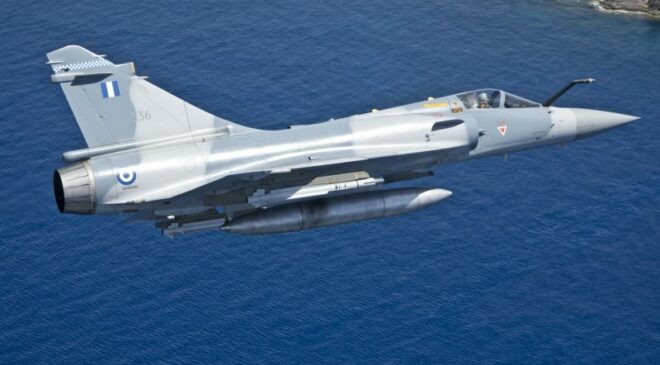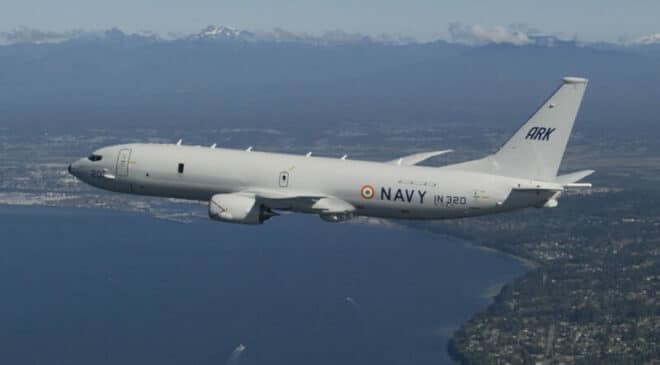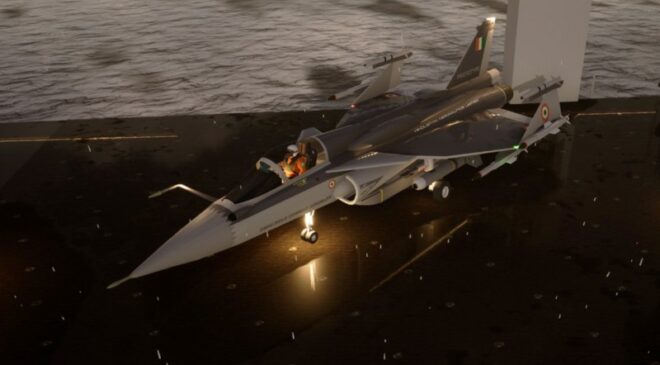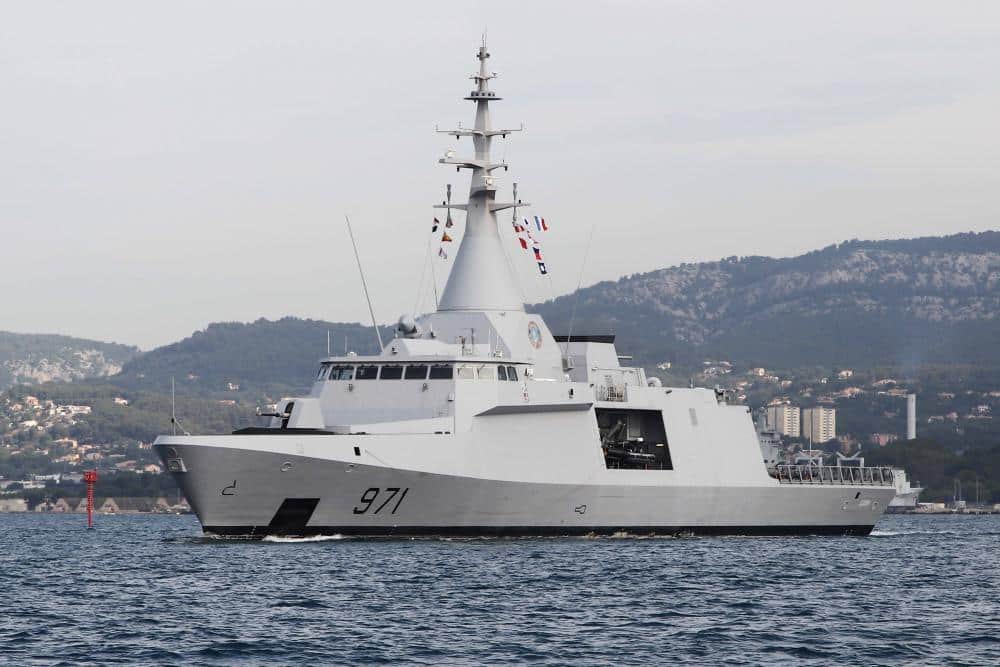French arms export policy has been shaped by several decades of success, bringing it to the foot of the world export podium since the mid-60s, despite the trauma of the Second World War and the German occupation.
This was then structured around two complementary approaches. First, defense industrial partnerships which gave rise to numerous Cold War programs such as the Sepecat Jaguar fighter-bomber, Breguet Atlantic maritime patrol aircraft, Milan and HOT anti-tank missiles and Tripartite minehunters.
All these cooperative programs were carried out with France's European neighbors: Germany, Italy, Great Britain, Belgium and the Netherlands.
French arms export policy since 1945
At the same time, Paris increased its success in exporting equipment, particularly to countries in the Middle East (Israel then Saudi Arabia, Iraq, Qatar and UAE), in Europe (Belgium, Greece, Spain), in America in the South (Brazil, Argentina, Chile, Peru), in Africa (Morocco, Egypt, South Africa, Libya, etc.) as well as in Asia-Pacific (Pakistan, India, Australia, Taiwan, etc.).

This division between European partners and global clients lasted until the arrival of President Macron at the Élysée in 2017, even though it was increasingly evident that it was no longer responding effectively to French industrial and technological opportunities.
During his first five-year term, Emmanuel Macron, and the Minister of the Armed Forces, Florence Parly, reproduced and even accentuated this model, by undertaking numerous European initiatives intended to give substance to the ambition of European Defense supported by the newly elected President .
This gave birth to the Franco-Belgian CaMo program and unearthed the Lancaster House agreements with London. The two main aspects of this presidential desire were the emergence of a "Naval Airbus" by associating Naval Group with the Italian Fincantieri within a joint venture called Naviris, and above all the launch of several major Franco-German programs, including the now well-known FCAS and MGCS.
The failure of President Macron's European ambitions
Unfortunately for the French president, this strategy backfired on numerous occasions. Thus, after the failure of the acquisition of Chantiers de l'Atlantique by Fincantieri, Naviris was emptied of its substance, to become a structure limited to bilateral cooperation programs, such as the modernization of anti-aircraft destroyers of the Horizon class.

Cooperation with Germany has also deteriorated, after the abandonment of the MAWS, CIFS and Tiger III programs by Berlin, while FCAS and above all MGCS regularly encounter significant turbulence threatening their own sustainability.
However, it is probably the appearance of increasingly obvious differences between Paris and Berlin, whether it is the acquisition of F-35A or the launch of the European Skyshield initiative bringing together 15 European countries, but closed to France and Italy, which led the French authorities to consider changing this export strategy.
Towards a new French policy of partnership and arms exports
The beginnings of this development appeared during the vote on the 2024-2030 Military Programming Law by Parliament in the spring of 2023. On this occasion, the Minister of the Armed Forces Sébastien Lecornu had, in fact, announced that the new version of the Rafale, the F5, also much more ambitious than expected, would be developed by 2030.

Mostly, this program would be open to the “Club Rafale », namely the countries implementing the device, having a defense aeronautical industry, and wishing to invest in it. This was the first time that France had opened up to non-European countries industrial defense cooperation representing a strategic challenge for the country.
A few weeks later, on the occasion of the official visit of Indian PM Narendra Modi to France for the July 14 celebrations, several Franco-Indian programs were discussed, alongside the future acquisition of 26 Rafale M and three additional Scorpene submarines for the Indian Navy.

75% of this article remains to read,
Subscribe to access it!
The Classic subscriptions provide access to
articles in their full version, and without advertising,
from 6,90 €.
Newsletter subscription
Register for the Meta-Defense Newsletter to receive the
latest fashion articles daily or weekly



[…] French arms export policy has been shaped by several decades of success having brought it to the foot of the world export podium […]